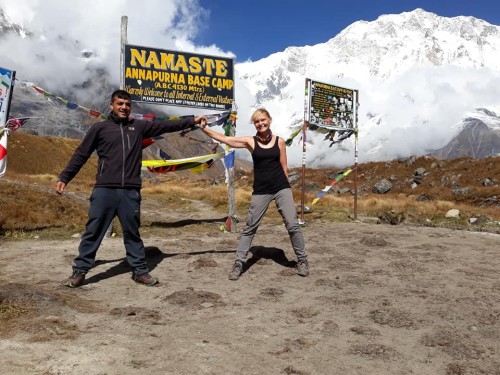Best time for Annapurna Circuit Trek
19th Jan, 2025

The best time for the Annapurna Circuit Trek is during the spring (March to May) and autumn (September to November) seasons, when the weather is stable, skies are clear, and mountain views are at their best. Spring brings blooming rhododendron forests and pleasant temperatures, while autumn offers crisp air, vibrant landscapes, and excellent visibility of the Annapurna and Dhaulagiri ranges. These seasons provide ideal trekking conditions, fewer weather-related disruptions, and the best cultural and natural experiences, making them the most recommended times to complete the Annapurna Circuit Trek.
Table of Contents
The Annapurna Circuit Trek is one of the most famous trekking routes in the Nepal Himalayas, offering multiple itinerary options ranging from 10 to 15 days. This trek circumnavigates the tenth-highest mountain in the world, Mt. Annapurna, which stands at an altitude of 8,091 meters (26,545 feet) above sea level. Along the journey, trekkers can experience stunningly diverse landscapes, unique cultures, lifestyles, and religions, as well as varied forests and breathtaking views of other majestic mountains.
The best time for the famous Annapurna Circuit Trek is essential for your comfort and safety, as well as for enhancing your trekking experience. The best season offers favorable weather conditions, with neither extreme hot nor cold, no rain or snow, clear skies, and optimal trekking conditions.
Features of the Annapurna Circuit Trek during different seasons:-
Spring Season (March to May):
Spring is one of the most popular and perfect seasons for trekking the Annapurna Circuit. It offers favorable weather conditions—neither too hot nor too cold, with no rain or snow. Trekkers can enjoy clear skies, vibrant landscapes, the beauty of nature, and breathtaking mountain views, making the trek an unforgettable experience. Spring is the perfect time for nature lovers and adventure enthusiasts seeking a rewarding Himalayan journey.
The spring season begins after winter and before summer, making it one of the best times for trekking in Nepal. The temperatures start to warm up, with less snowfall, although some areas may still have snow and ice that begin to melt due to the rising temperatures. This season also marks the start of longer days, providing ample time to explore and observe nature. New buds start to appear in the forests, and flowers begin to bloom, creating a vibrant landscape. As spring progresses, the rainfall is minimal, though the end of the season may bring some light rain, but not heavy or prolonged showers. This makes spring an ideal time for trekking in Nepal, and the same applies to the Annapurna Circuit Trek.
Highlights of Trekking to Annapurna Circuit in spring
- Pleasant Weather: Spring offers moderate temperatures, making it comfortable for trekking. Days are warm, while nights remain cool but not excessively cold.
- Clear Skies and Scenic Views: The skies are mostly clear during spring, providing clear views of the majestic Annapurna, Manaslu and Dhaulagiri ranges.
- Blooming Rhododendrons: Some forests come alive with vibrant rhododendron blooms, adding stunning colors to the trail and enhancing the natural beauty of the landscape.
- Lush Greenery: The landscapes are rejuvenated after winter, with lush greenery and flourishing flora creating a picturesque setting.
- Cultural attraction: Villages along the trail are active with locals engaged in agricultural activities, offering trekkers a chance to witness and experience authentic Nepali culture and traditions.
- Ideal Trail Conditions: The trails are generally dry and easier to navigate, reducing the risks associated with slippery paths or snow-covered trails.
- Seasonal Festivals: During this time of your trek, you may get to witness or participate in local springtime festivals, adding a unique cultural dimension to your journey.
- Abundant Wildlife: Spring is an active season for wildlife, offering opportunities to spot diverse Himalayan fauna such as blue sheep, Himalayan Thaar, and various bird species.
- Spectacular Sunrise and Sunset Views: Sunrise and sunset views from spots like Poon Hill or Thorong La Pass are breathtaking, with golden hues lighting up the snowy peaks.
Autumn Season (September to November)
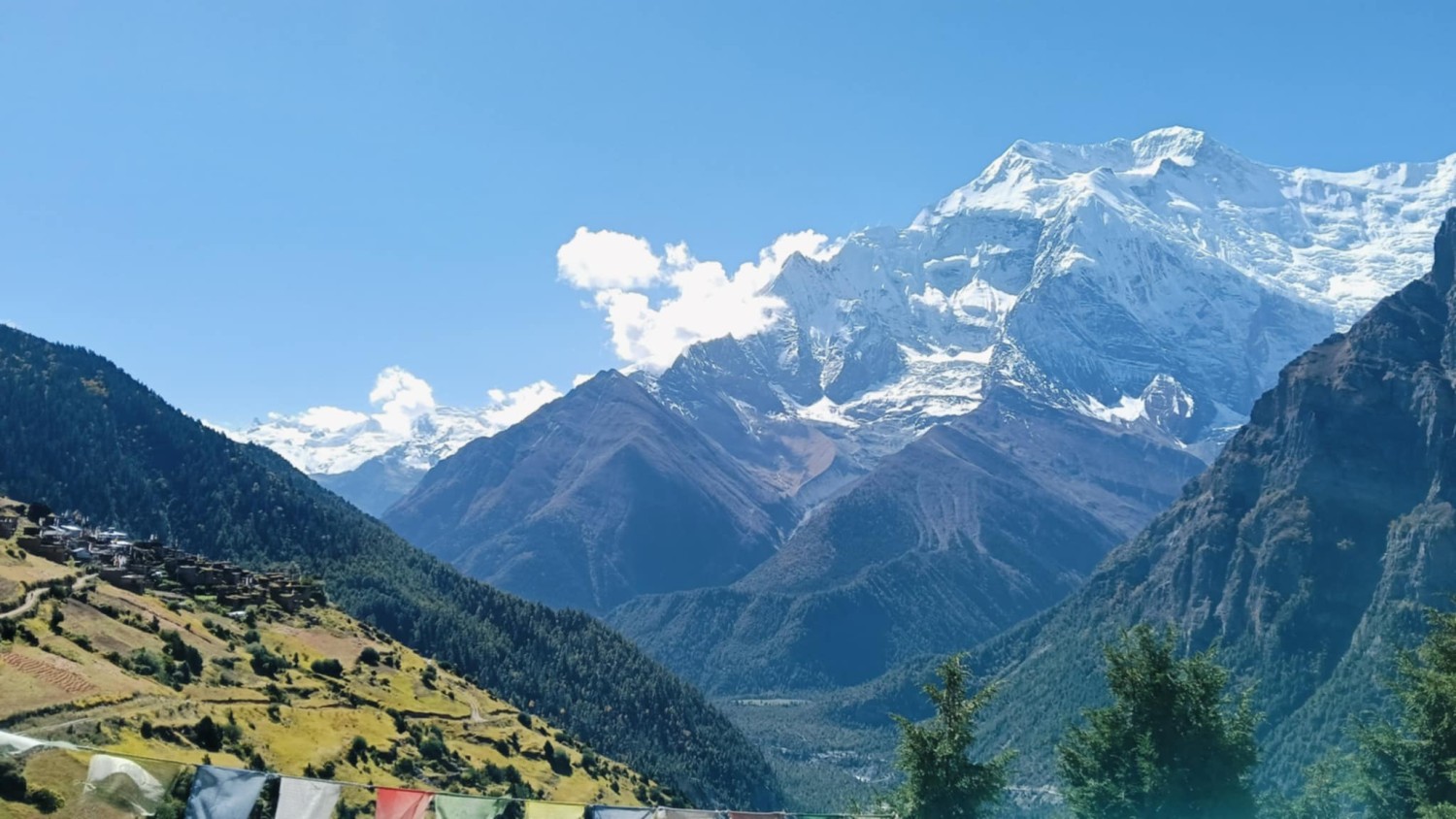 Autumn is considered the peak season for trekking the Annapurna Circuit because it offers a perfect combination of stable weather conditions—neither too hot nor too cold—vibrant natural beauty, and cultural richness. Trekkers can experience local festivals, enjoy clear skies, and take in stunning mountain views, making it one of the best and most popular times to experience this iconic Himalayan trek in Nepal.
Autumn is considered the peak season for trekking the Annapurna Circuit because it offers a perfect combination of stable weather conditions—neither too hot nor too cold—vibrant natural beauty, and cultural richness. Trekkers can experience local festivals, enjoy clear skies, and take in stunning mountain views, making it one of the best and most popular times to experience this iconic Himalayan trek in Nepal.
The autumn season begins after summer (monsoon) and before winter, leaving the landscapes lush and green. During this period, there is usually minimal rain, and as winter approaches, the weather becomes cooler but not excessively cold. Occasionally, light snowfall may occur, adding to the charm of the trek.
Autumn is also a time of vibrant local festivals like Dashain and Tihar, which you may encounter along the trek. The combination of greenery, minimal rain, occasional light snow, perfect weather, and opportunities to spot wildlife and birds makes for a truly wonderful trekking experience on the Annapurna Circuit. This time of year is a busy trekking season, so it’s highly recommended to trek with a guide to ensure a hassle-free experience.
Highlights of Trekking to Annapurna Circuit in autumn
- Stable Weather: Dry and stable conditions with little to no rainfall or snow. Crisp, clear skies ensure unobstructed views of the snow-capped peaks.
- Perfect Visibility: Post-monsoon air clarity provides breathtaking vistas of the surrounding landscapes, including Annapurna, Dhaulagiri, and other Himalayan giants.
- Cultural Festivities: Major Nepalese festivals like Dashain and Tihar take place during this period, offering trekkers unique opportunities to immerse themselves in local culture and traditions.
- Comfortable Temperatures: The weather is neither too hot nor too cold, making it ideal for trekking at all elevations. Temperatures typically range from 20°C to 25°C during the day and 5°C to -5°C at night, depending on the altitude.
Winter Season (December to February)
 Trekking the Annapurna Circuit in winter is a perfect time for adventure seekers and those looking for solitude amidst stunning Himalayan landscapes. However, it is not recommended for beginners or everyone, as unpredictable weather, including snowstorms, can disrupt itineraries and make trekking more challenging. Daytime temperatures at lower altitudes range from 5°C to 10°C, while nighttime temperatures can drop to -20°C or lower at higher altitudes. There is also a higher chance of heavy snowfall, which may block trails, especially around Thorong La Pass, making them impassable at times. Days are shorter compared to spring and autumn, requiring early starts and careful planning to ensure you reach your destination before dark. Additionally, some tea houses at higher altitudes may close during winter, necessitating careful planning for overnight stays.
Trekking the Annapurna Circuit in winter is a perfect time for adventure seekers and those looking for solitude amidst stunning Himalayan landscapes. However, it is not recommended for beginners or everyone, as unpredictable weather, including snowstorms, can disrupt itineraries and make trekking more challenging. Daytime temperatures at lower altitudes range from 5°C to 10°C, while nighttime temperatures can drop to -20°C or lower at higher altitudes. There is also a higher chance of heavy snowfall, which may block trails, especially around Thorong La Pass, making them impassable at times. Days are shorter compared to spring and autumn, requiring early starts and careful planning to ensure you reach your destination before dark. Additionally, some tea houses at higher altitudes may close during winter, necessitating careful planning for overnight stays.
Despite these challenges, the winter season offers an extraordinary adventure on the Annapurna Circuit Trek, with stunning snowy landscapes, fewer crowds, and crisp mountain views. Proper preparation, flexibility, and hiring experienced guides can ensure a safe and unforgettable journey.
Highlights of Winter Trekking in the Annapurna Circuit
- Breathtaking Snow-Capped Scenery: The peaks of Annapurna, Dhaulagiri, Manaslu, and Machhapuchhre are at their most picturesque, framed by clear skies and snow-covered trails.
- Serene and Peaceful Trails: The off-season means fewer trekkers, providing a tranquil and intimate experience with nature.
- Authentic Cultural Interaction: With fewer visitors, you can engage more personally with local communities, learning about their winter lifestyle and traditions.
- Unique Seasonal Landscapes: Villages, forests, and alpine meadows transform into a winter wonderland, creating opportunities for stunning photography.
- Thorong La Pass Challenge: Crossing the Thorong La Pass (5,416m) in winter is an achievement that offers a sense of adventure and accomplishment.
Summer Season (June to August)
The summer season, also known as the monsoon season in Nepal, is an adventurous and offbeat choice for trekking. However, trekking during this time comes with challenges such as heavy rainfall, slippery trails, and the risk of landslides, which can cause potential delays. River crossings can also be more challenging due to increased water levels. The lower sections of the trek can be hot and humid, making trekking more physically demanding. Leeches and insects are common on the trails during the summer.
Visibility is often poor due to bad weather, as clouds and mist may obscure mountain views at lower altitudes. However, higher elevations generally experience clearer skies. Despite these challenges, this season offers lush green landscapes, blooming flora, fewer crowds, tranquil trails, and a unique opportunity to explore the Himalayas in a distinctive way.
Highlights of Trekking the Annapurna Circuit in summer
- Lush Green Landscapes:The monsoon transforms the region into a vibrant green paradise, with terraced fields, dense forests, and blooming wildflowers.
- Fewer Crowds: The trails and tea houses are less crowded, providing a more peaceful trekking experience.
- Cultural Encounters: Monsoon is a time when locals in mountain villages are busy with farming activities, offering a chance to witness traditional lifestyles.
- Clear Skies at Higher Altitudes: Above the rain clouds, particularly after crossing Manang, the skies are often clear, offering stunning views of the Annapurna and Dhaulagiri ranges.
- Rich Flora and Fauna: The monsoon season brings life to the region's flora and fauna. The Annapurna Conservation Area is particularly vibrant during this time.
Choose the Best season for Annapurna Circuit Trek on your personal preferences
Overall, you can choose the best season for the Annapurna Circuit Trek based on your personal preferences, as each season offers unique features, which we have detailed in the information provided to help you find the best time for your trek.
If you are drawn to the scenic beauty and floral splendor of the Annapurna Circuit trek, along with spotting wildlife, spring is the best choice for you. During spring, the trails come alive with vibrant flowers, and the weather is comfortable for walking, offering stunning mountain views and a picturesque surrounding landscape. It’s the best and most wonderful time to trek, which is why it’s considered the peak and main trekking season for both Nepal and the Annapurna Circuit.
If you are seeking a rich cultural experience along the Annapurna Circuit Trek, the autumn months, particularly October and November, are ideal, as they coincide with major Nepali festivals. With clear visibility and crisp air, you can enjoy a refreshing experience while trekking the Annapurna Circuit.
However, if trekking in solitude and escaping the hustle and bustle of daily life is your priority and you have prior experience, consider trekking the Annapurna Circuit during winter or summer (monsoon). The months from June to August and December to February can be good options for avoiding the crowds and immersing yourself in nature’s and culture’s full splendor, offering more adventure and making the entire trek enjoyable.
Physical Preparation for Annapurna Circuit Trek
The Annapurna Circuit Trek is a moderate to challenging journey, but it is a good option for trekkers of all levels, including beginners and elders. However, physical preparation is essential because the route features varied terrain, high altitudes, and remote areas, which require adequate fitness to ensure a safe and enjoyable experience.
Preparing for the Annapurna Circuit Trek involves a combination of cardiovascular fitness, strength training, flexibility, and mental resilience. Begin your training well in advance, ideally 2–3 months before the trek, and gradually increase the intensity and duration of your workouts. Consistency, along with sufficient rest and proper nutrition, will help ensure you are physically ready for the challenges of the trek.
If you plan to undertake this trek in the winter or summer season, a high level of physical fitness or prior high-altitude trekking experience is necessary. These seasons often bring snow and ice on the trail, slippery paths, and low visibility, making trail navigation more challenging. Therefore, having good knowledge of trail navigation is crucial.
For first-time trekkers in Nepal, the best times to complete the Annapurna Circuit are during the spring and autumn seasons, as these periods offer favorable weather and better trail conditions.
Group Join Trek to Annapurna Circuit Trek in Full Board Package
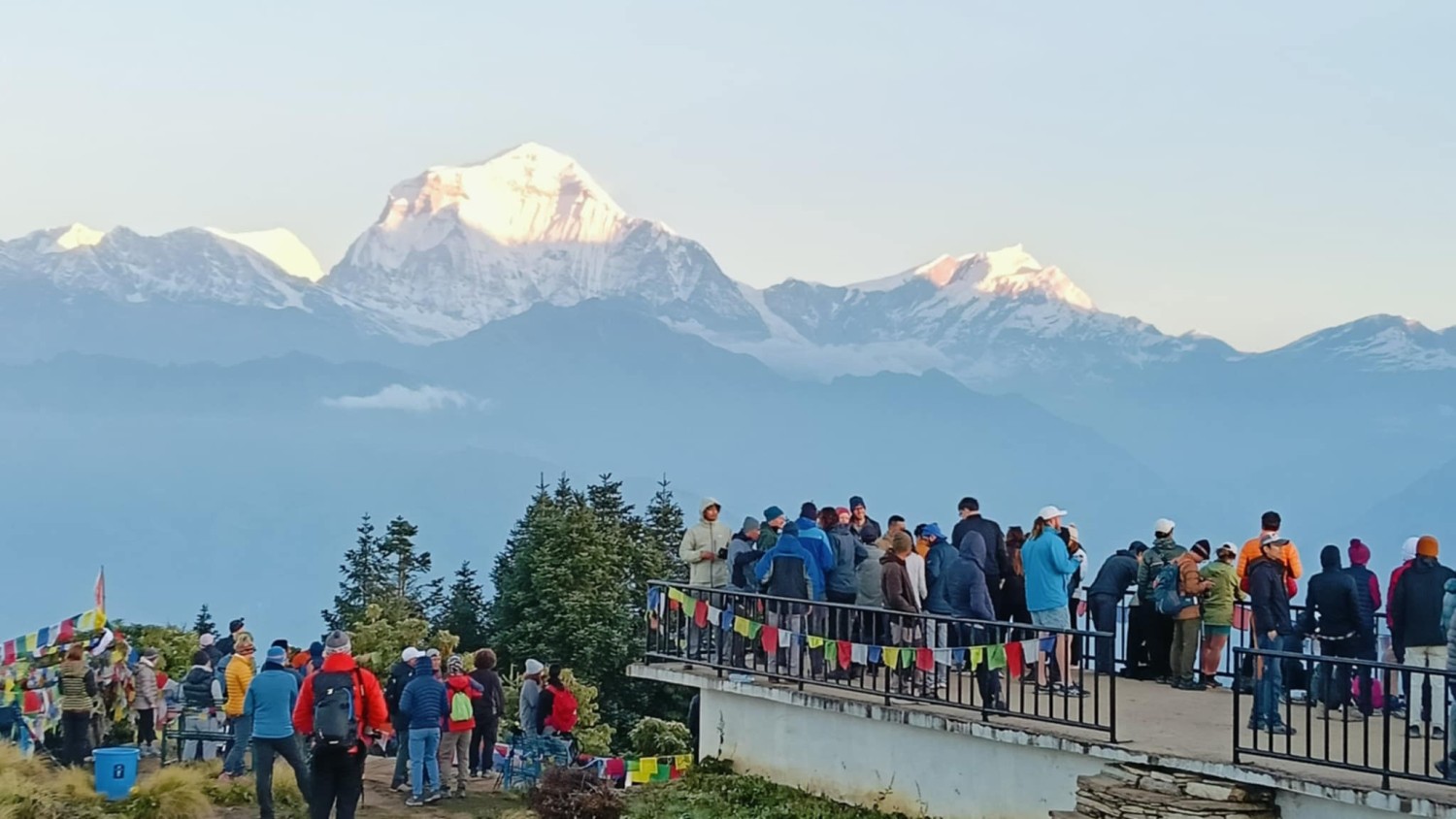 A group join trek to the Annapurna Circuit is a fantastic option for solo trekkers. It allows individuals to share costs, enjoy cultural exchange, and build new friendships while exploring the remote and breathtaking Annapurna region. This makes the trek a more affordable and rewarding lifetime experience.
A group join trek to the Annapurna Circuit is a fantastic option for solo trekkers. It allows individuals to share costs, enjoy cultural exchange, and build new friendships while exploring the remote and breathtaking Annapurna region. This makes the trek a more affordable and rewarding lifetime experience.
We offer full-package, fixed-departure group join treks for the Annapurna Circuit Trek. The cost ranges from $750 to $1,500 USD, depending on the group size, itinerary, and services required. This comprehensive package ensures a hassle-free trekking experience, as everything is organized by the trekking agency. You’ll have an experienced trekking guide, strong porters, and all necessary arrangements, including accommodations, meals, permits, and transportation throughout the trek. This allows you to fully immerse yourself in the natural beauty and cultural richness of the Annapurna Circuit without worrying about logistics.
Various full-board Annapurna Circuit Trek packages are available, with durations depending on the trek's starting and ending points. These packages provide an all-inclusive and worry-free adventure in the Annapurna region, typically covering everything from arrival to departure in Kathmandu. This includes logistics, accommodations, meals, permits, transportation, guide and porter services, and even a basic first aid kit for the trek.
With a group join trek, you can focus entirely on enjoying the majestic landscapes, vibrant cultures, and unforgettable experiences along the Annapurna Circuit.
Why Choose the Best Time for Annapurna Circuit Trek?
The Annapurna Circuit Trek is one of Nepal’s most spectacular treks, so choosing the best time for the trek offers several benefits. It allows you to experience diverse landscapes, high-altitude passes, and incredible Himalayan views while ensuring safety, comfort, and the best experience of a lifetime. The benefits of choosing the best time are given below:
Stable Weather & Clear Skies:-
Annapurna Circuit Trekking in the best seasons offers clear blue skies, minimal rainfall, and stable temperatures. During this time, the temperature is perfect for trekking in the Himalayas. Autumn (September–November) and Spring (March–May) feature clear skies and provide unobstructed views of the Annapurna, Dhaulagiri, and Manaslu ranges, along with the surrounding landscapes.
Best Visibility for Mountain Views
Choosing the right season for the Annapurna Circuit provides the best visibility for mountain views. The trek offers some of the most breathtaking and panoramic views of mountains, snow-capped peaks, glaciers, and valleys without obstruction from fog or clouds.
Safer Trail Conditions
Trekking the Annapurna Circuit at the best time, in spring or autumn, provides safer, dry, and well-marked trails, reducing the risk of accidents. However, during winter, Thorong La Pass (5,416m), the highest point of the trek, can be extremely dangerous due to heavy snowfall and avalanches. Similarly, the monsoon season (June–August) brings heavy rains, landslides, slippery trails, and leeches.
Best Cultural Experience
Annapurna Circuit Trekking in the best seasons allows you to experience vibrant local festivals like Dashain, Tihar, and Holi in autumn and spring. During this period, the trails are lively with trekkers and locals, offering a more enriching cultural exchange.
Easier Availability of Lodges & Services
During the best time for the Annapurna Circuit Trek, the trails are busy, and teahouses and lodges are fully operational, providing better food and clean accommodation options. However, in winter and monsoon, many teahouses in high-altitude areas close due to harsh weather conditions.
Food during the Annapurna Circuit Trek
During the best trekking seasons—autumn (September–November) and spring (March–May)—food on the Annapurna Circuit Trek is at its best, as most teahouses and lodges are fully operational. Teahouses along the route serve a variety of traditional and Western meals to keep you energized throughout the trek. Normally, every teahouse has a food menu with a variety of meals for trekkers to choose from based on their preferences. However, we highly recommend trying the Nepali dishes Dal Bhat, which comes with unlimited servings until you are fully satisfied. Recommended food like this
Breakfast:
- Tibetan bread with honey or jam
- Pancakes (plain, apple, banana, chocolate)
- Porridge (oat, millet, tsampa)
- Muesli with milk
- Chapatti with eggs
- Tea, coffee, hot chocolate
- Eggs Items
- Toast
Lunch & Dinner:
- Dal Bhat (Rice, Lentils, Vegetables, and Pickles) – Unlimited refills!
- Fried rice (vegetable, egg, or chicken)
- Thukpa (Tibetan noodle soup)
- Chow Mein (stir-fried noodles)
- Momos (dumplings)
- Macaroni, spaghetti, and pizza (in larger villages)
- Sherpa stew (thick soup with vegetables, rice, and meat)
- Potato Items
- Noodles Soup
Accommodations on the Annapurna Circuit Trek
Teahouses and lodges along the Annapurna Circuit trail offer basic yet comfortable accommodations with varying facilities depending on location and altitude. In the lower areas from Besisahar to Manang, and on the other side of Thorong La Pass, from Muktinath to Pokhara, there are comfortable teahouses with attached bathrooms, hot showers, Wi-Fi, and charging facilities (sometimes free or for a small fee). At higher altitudes, such as Yak Kharka to Thorong La Phedi, there are basic rooms with shared bathrooms, limited hot showers (for an extra cost), solar or gas-heated water for washing, and limited or paid Wi-Fi and charging options. During the best seasons for the Annapurna Circuit, autumn and spring, lodges can fill up quickly, so booking in advance or arriving early is highly recommended. However, if you are trekking with a guide, they will arrange accommodations in advance. In high-altitude areas, nights are cold, so bringing a warm sleeping bag is advised, as blankets may not be sufficient.
Required packing list for Annapurna Circuit Trek
Packing the right travel equipment is essential for a successful trip. Below is a recommended packing list to help you prepare. While it might seem like a lot to carry from home, we recommend packing light and bringing only the most necessary items. If you’re missing anything, don’t worry—most trekking gear can be hired or purchased in Kathmandu, particularly in the Thamel area.
These general items are suitable for trekking in Nepal during all seasons, but the list may vary depending on the season and the trek's duration. It’s always a good idea to consult your trekking organizer for a detailed packing list tailored to your specific trek. They will provide you with clear guidance on what to bring to ensure a safe and enjoyable journey.
Basic medical kit list
General Medications
- Paracetamol/Ibuprofen: For pain relief or fever.
- Antihistamines: For allergies or insect bites (e.g., loratadine, cetirizine).
- Antacid Tablets: For indigestion or stomach discomfort.
- Diarrhea Medication: Loperamide (Imodium) for diarrhea control.
- Rehydration Salts (ORS): To prevent dehydration from diarrhea or strenuous activity.
- Acetazolamide (Diamox): To prevent or alleviate symptoms of altitude sickness.
- Antibiotics:- Broad-spectrum antibiotics (e.g., Azithromycin or Ciprofloxacin) forrespiratory or gastrointestinal infections.
- Cold and Flu Medications: Throat lozenges or cough drops or Decongestants for nasal congestion (e.g., pseudoephedrine).
- Dimenhydrinate or meclizine for nausea while traveling to the trek starting point.
First Aid Supplies
- Adhesive Bandages (Band-Aids): For small cuts or blisters.
- Blister Pads or Moleskin: To prevent or treat blisters caused by hiking boots.
- Sterile Gauze Pads: For dressing wounds.
- Medical Tape: To secure bandages or splints.
- Antiseptic Cream or Wipes: For cleaning wounds.
- Elastic Bandage (Ace Wrap): For sprains or strains.
- Tweezers: To remove splinters or ticks. (Optional)
- Scissors: For cutting gauze or medical tape. (Optional)
- Safety Pins: To secure bandages. (Optional)
- Eye Drops: For dryness or irritation caused by dust and wind.
Basic packing list for trekking in Nepal:-
- Moisture-wicking T-shirts (2-3): Synthetic or merino wool.
- Thermal Base Layers (2 sets): For warmth at higher altitudes.
- Fleece Jacket: Lightweight and warm.
- Down Jacket: Packable, warm, and essential for cold evenings.
- Waterproof Jacket: Lightweight, windproof, and breathable.
- Waterproof Pants: For rain or snow protection.
- Lightweight Hiking Pants (2-3 pairs): Quick-drying.
- Thermal Leggings: For layering during cold days.
- Long-sleeve shirts (2): For sun protection.
- Sun Hat: Wide-brimmed for UV protection.
- Warm Hat/Beanie: For cold mornings and evenings.
- Buff/Neck Gaiter: Protects against dust, cold, and sun.
- Gloves
- Moisture-wicking Underwear (3-4 pairs)
- Sports Bra (for women).
- Trekking Socks (4-5 pairs): Wool or synthetic.
- Liner Socks: To prevent blisters.
- Trekking Boots: Well-fitted, waterproof, and broken-in.
- Camp Shoes/Sandals: Lightweight for evenings at the tea house.
- Gaiters: For snow or muddy trails.
- Sleeping Bag: Rated for -10°C
- Main Backpack or duffle bag (50-70L): For carrying all your gear (carried by porters).
- Daypack (20-30L): For essentials like water, snacks, and camera.
- Water Bottles (2): Durable, reusable (1L each).
- Water Purification Tablets/Filter: To ensure safe drinking water.
- Energy Bars/Dried Fruits/Nuts: For snacking on the trail.
- Sunglasses: UV-protected, with a side shield.
- Sunscreen: SPF 30 or higher.
- Lip Balm: With SPF.
- Toiletries: Toothbrush, toothpaste, biodegradable soap, wet wipes, hand sanitizer.
- Towel: Quick-drying.
- Trekking Poles: Adjustable and lightweight.
- Headlamp: With spare batteries.
- Rain Cover: For your backpack.
- Power Bank: At least 10,000mAh.
- Plug Adapter: Type C, D, or M (used in Nepal).
- Camera/Phone: For photos (with extra memory cards).
- First Aid Kit
FAQ for the Best time Trek to Annapurna Circuit
What is the best time to do the Annapurna Circuit Trek?
The best time to do the Annapurna Circuit Trek is during the spring (March to May) and autumn (September to November) seasons. These months offer stable weather, clear mountain views, and comfortable trekking conditions, making them ideal for experiencing the full beauty of the Annapurna region.
Why is spring a good season for the Annapurna Circuit Trek?
Spring (March to May) is a great season for the Annapurna Circuit Trek due to its stable weather, clear skies, and moderate temperatures. The trail comes alive with blooming rhododendrons and lush greenery, offering stunning views of the Annapurna, Manaslu and Dhaulagiri ranges. This season provides ideal trekking conditions and a vibrant natural atmosphere, making it a favorite among trekkers.
What makes autumn ideal for trekking the Annapurna Circuit?
Autumn (September to November) is ideal for trekking the Annapurna Circuit due to its clear skies, mild temperatures, and dry weather. After the monsoon, the air is crisp and clean, offering spectacular views of the Annapurna Manaslu and Dhaulagiri ranges. This season also brings vibrant festivals and a lively trekking atmosphere, making it one of the most popular and rewarding times to explore the region.
Can I trek the Annapurna Circuit in the winter?
Yes, you can trek the Annapurna Circuit in the winter (December to February), but it comes with added challenges. While the skies are generally clear and the views are stunning, temperatures can drop significantly, especially at Thorongla Pass (5416 m). Snowfall may block this pass, making the trek more difficult or even impassable. Winter trekking is best suited for experienced trekkers prepared for cold weather and flexible itineraries with experienced trekking Guide.
Is it safe to trek the Annapurna Circuit during the monsoon season?
Trekking the Annapurna Circuit during the monsoon season (June to August) is generally not recommended due to heavy rainfall, slippery trails, leeches, and a higher risk of landslides. Cloudy weather often obscures mountain views, and travel disruptions are common. However, the northern sections like Manang lie in a rain shadow and receive less precipitation, making limited trekking possible with proper precautions and flexible planning with experienced guide.
What is the weather conditions like on the Annapurna Circuit in spring?
In spring (March to May), the weather on the Annapurna Circuit is generally stable and pleasant, with mild to warm daytime temperatures and cool nights. The skies are mostly clear, offering excellent views of the mountains. Lower elevations are lush and colorful with blooming rhododendrons, while higher altitudes remain crisp and dry. Occasional pre-monsoon showers may occur late in the season, but overall conditions are ideal for trekking.
How are the views on the Annapurna Circuit during autumn?
During autumn (September to November), the views on the Annapurna Circuit are at their best. Post-monsoon skies are crystal clear, offering breathtaking panoramas of the Annapurna, Manaslu and Dhaulagiri ranges. The air is crisp and fresh, and the landscape is vibrant with lush greenery and golden-hued fields. This season provides some of the most stunning and uninterrupted mountain scenery, making it a favorite time for trekkers and photographers alike.
What are the pros and cons of trekking the Annapurna Circuit in different seasons?
Trekking the Annapurna Circuit offers unique experiences in each season. Spring (March to May) provides mild weather, blooming rhododendrons, and clear views, making it ideal for nature lovers. Autumn (September to November) is the most popular season, known for its stable weather, clear skies, and breathtaking mountain panoramas. Winter (December to February) offers solitude and crisp views but comes with extreme cold and potential snow-blocked Thorong La pass. Monsoon (June to August) sees fewer crowds and lush landscapes but involves heavy rain, leeches, and landslide risks. Choosing the right season depends on your preferences for weather, crowd levels, and trail conditions.
Which month has the clearest mountain views on the Annapurna Circuit?
October and April are widely considered the best months for the clearest mountain views on the Annapurna Circuit. Following the monsoon and winter seasons, the skies are typically crystal clear, the air is fresh, and visibility is at its peak. This makes October and April especially ideal for panoramic views of the Annapurna, Dhaulagiri, Manaslu, and surrounding Himalayan ranges, attracting trekkers from around the world.
What are the trail conditions like in spring vs. autumn on the Annapurna Circuit?
Trail conditions on the Annapurna Circuit are generally excellent in both spring and autumn, with each season offering its own unique experience. In spring (March to May), the trails are dry and lined with blooming rhododendrons and lush greenery, though late-season pre-monsoon showers can make some sections slightly muddy. In autumn (September to November), the trails are dry, stable, and more well-defined after the monsoon, offering crisp air and the clearest mountain views. Autumn tends to be busier with trekkers, while spring offers a more vibrant and colorful trekking atmosphere.
When is the peak season for the Annapurna Circuit Trek?
The peak season for the Annapurna Circuit Trek falls during autumn (September to November) and spring (March to May). These months offer the most favorable trekking conditions, including stable weather, clear skies, and breathtaking mountain views. Autumn is especially popular for its post-monsoon clarity and vibrant cultural festivals, while spring attracts trekkers with blooming rhododendrons and lush landscapes. During these seasons, trails and teahouses are busier, so early planning is recommended.
What is the best month to avoid crowds on the Annapurna Circuit Trek?
To avoid crowds on the Annapurna Circuit Trek, consider trekking during the shoulder months of late spring (May) or early autumn (September). These months offer good weather and fewer trekkers compared to the peak seasons. Alternatively, winter (December to February) sees significantly fewer visitors due to colder temperatures, providing a quieter trekking experience, though with more challenging weather conditions.
Conclusion:
By selecting the right season, preparing thoroughly, packing wisely, and choosing a full-board package with a group, you can ensure a safe and unforgettable experience on the Annapurna Circuit Trek. This journey of a lifetime offers a perfect blend of adventure, stunning natural beauty, and rich cultural immersion.
Are you interested on any of your travel serveices?
Make Inquiry NowRecent From Blog
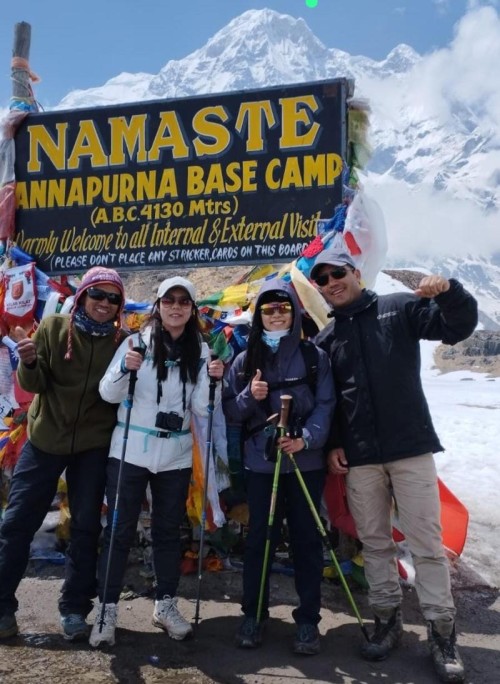
15th Jun, 2023
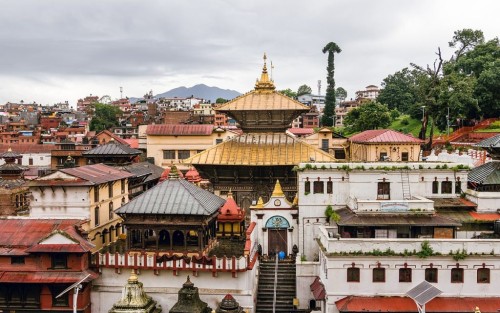
21st Feb, 2021
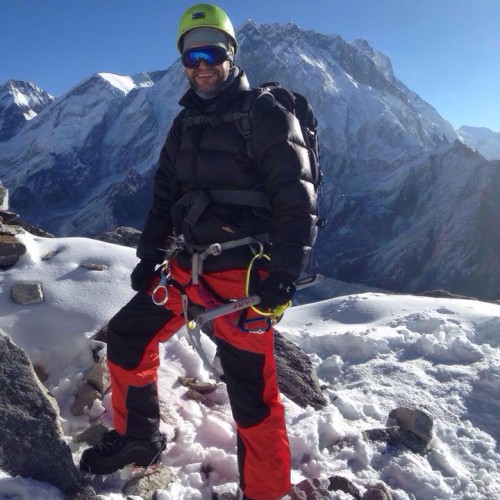
28th Feb, 2018
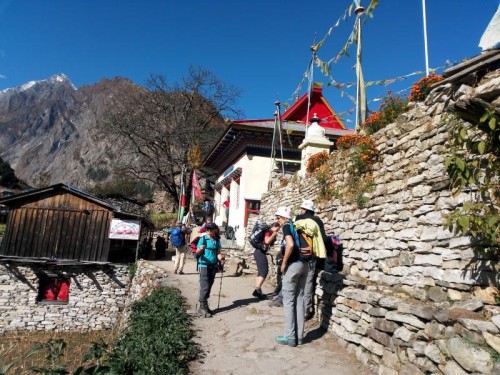
5th Sep, 2023

13th May, 2019
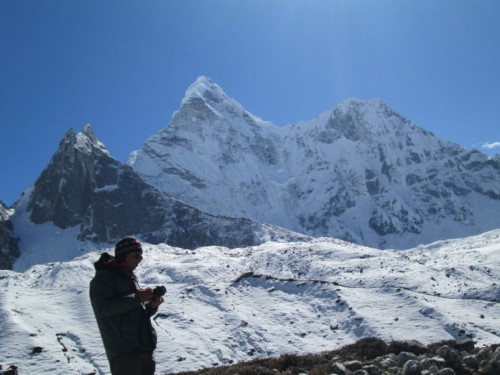
19th Feb, 2019
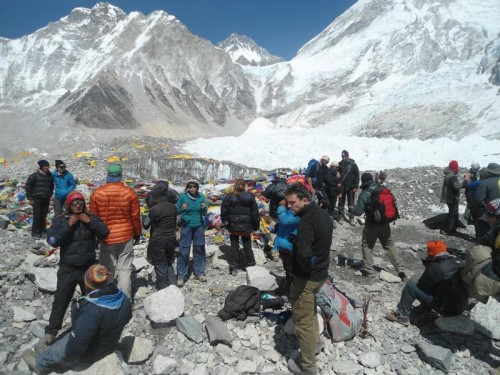
8th Feb, 2021
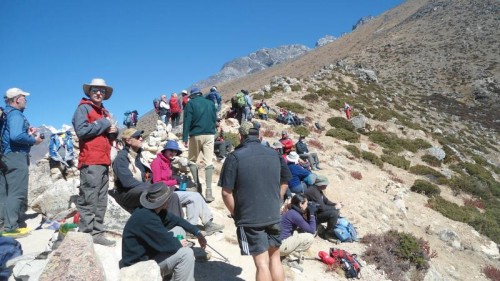
21st Jan, 2021
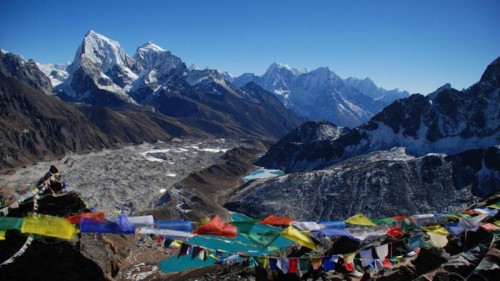
29th Jul, 2020
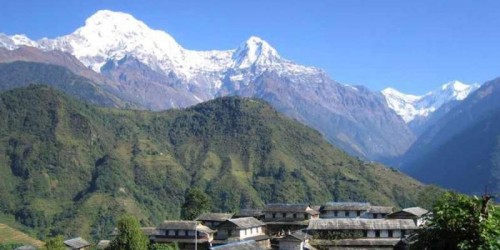
3rd May, 2019

30th Apr, 2020

3rd Apr, 2020

17th Jul, 2020
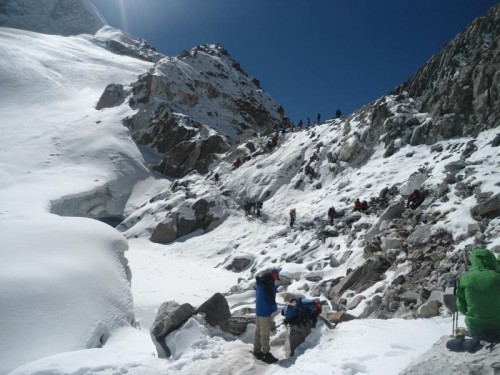
26th Mar, 2020
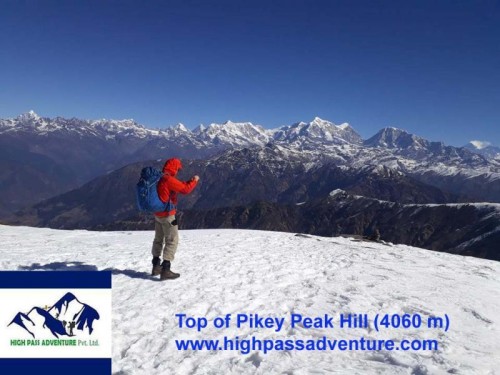
31st Mar, 2020

19th Jun, 2023
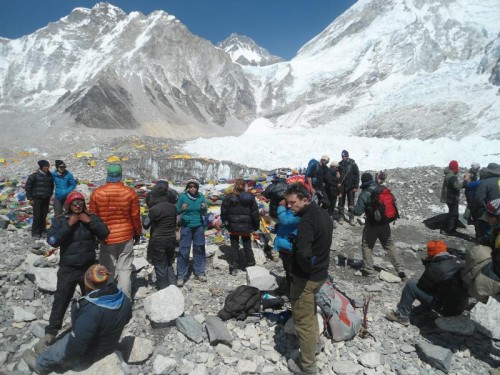
11th Feb, 2020
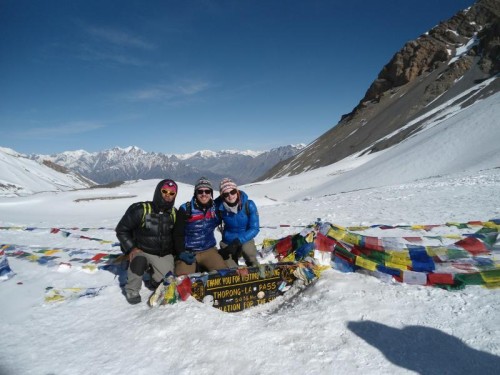
11th Mar, 2020
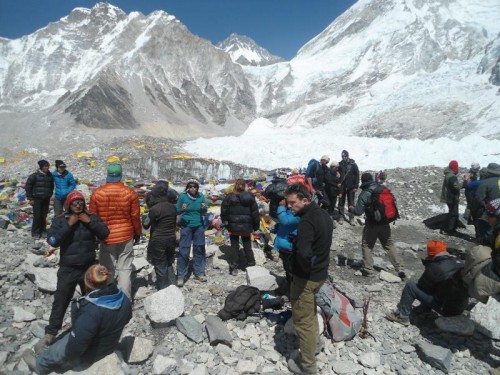
27th Sep, 2019
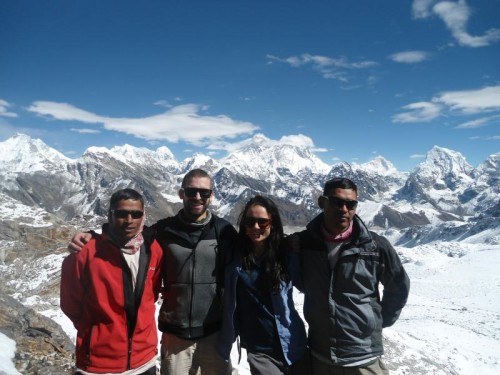
17th May, 2019
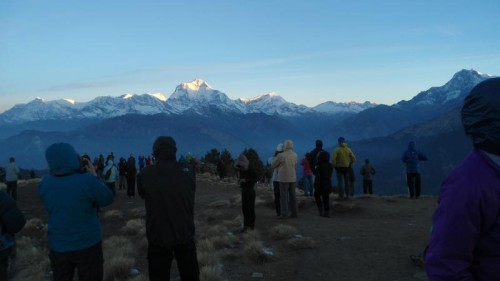
26th Jul, 2020

6th May, 2019
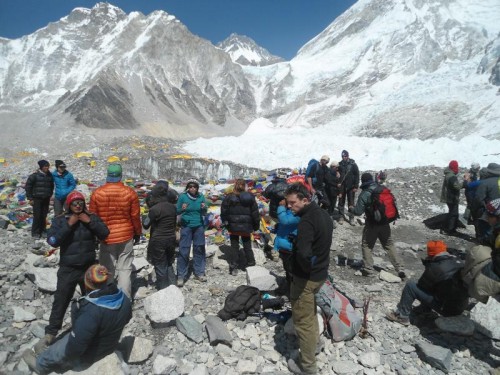
5th Mar, 2019
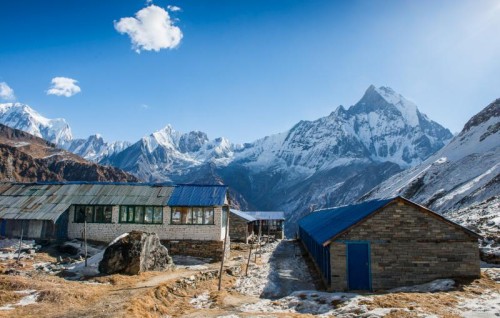
7th Mar, 2020
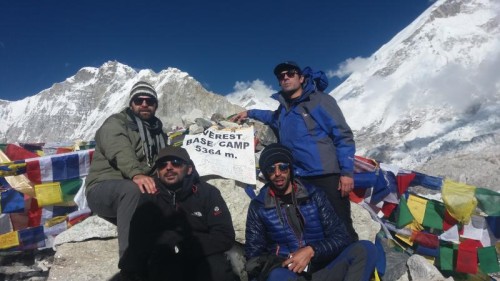
18th Feb, 2019
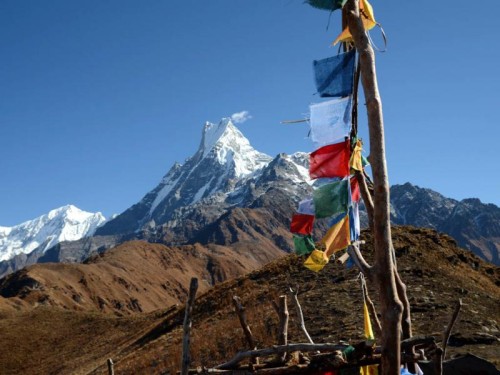
12th Sep, 2019

27th Mar, 2018
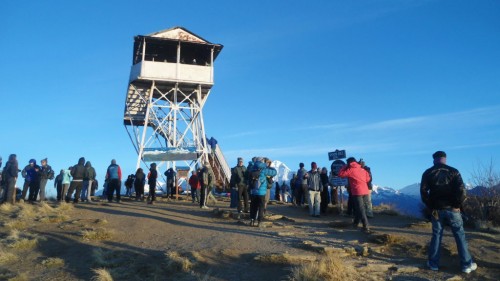
27th Mar, 2019
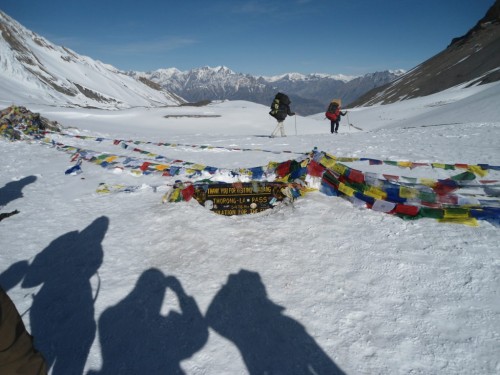
2nd Mar, 2019
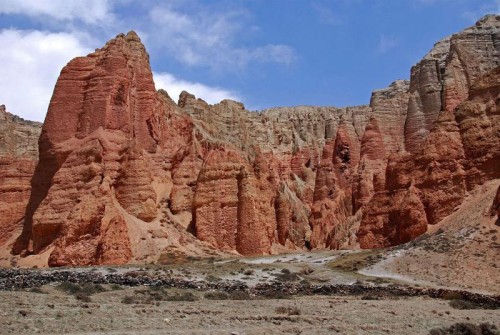
16th Jan, 2019

1st Jul, 2023
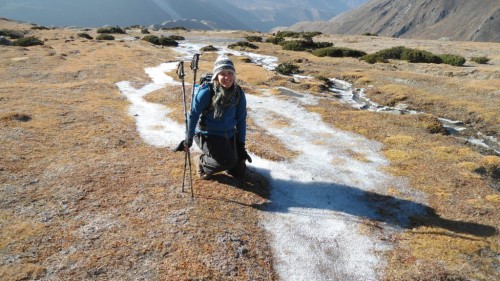
5th Jul, 2023

5th Jul, 2023

5th Jul, 2023

5th Jul, 2023
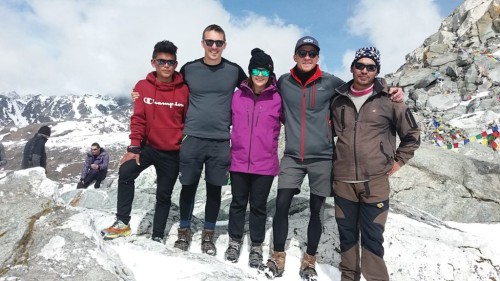
5th Dec, 2019
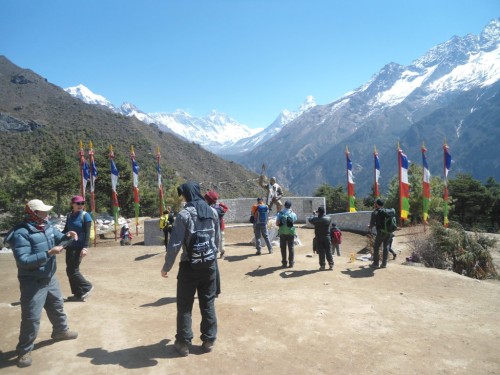
6th Jan, 2019
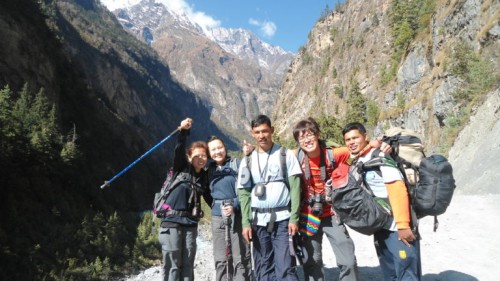
28th Feb, 2018
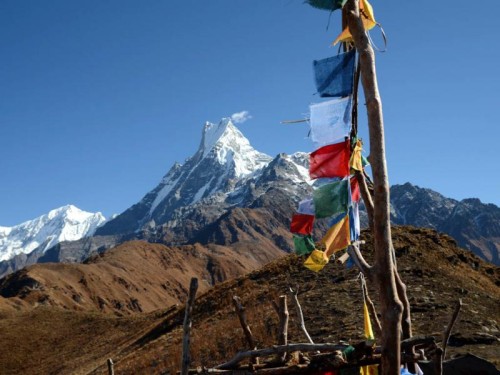
9th Dec, 2018
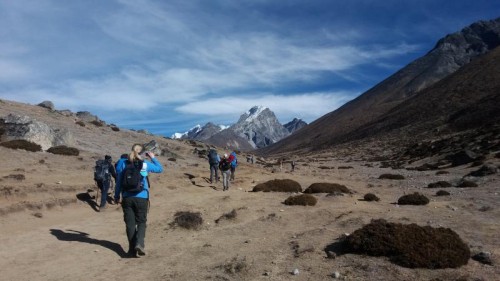
11th Dec, 2018

5th Oct, 2023

3rd Jan, 2024
.jpg)
27th Jan, 2024

29th Jan, 2024

19th Jan, 2025

7th Feb, 2025

17th Feb, 2025

9th Mar, 2025

15th Mar, 2025

18th Mar, 2025

23rd Mar, 2025

25th Mar, 2025

26th Mar, 2025

24th Apr, 2025

21st May, 2025

21st May, 2025

22nd Jun, 2025

22nd Jun, 2025
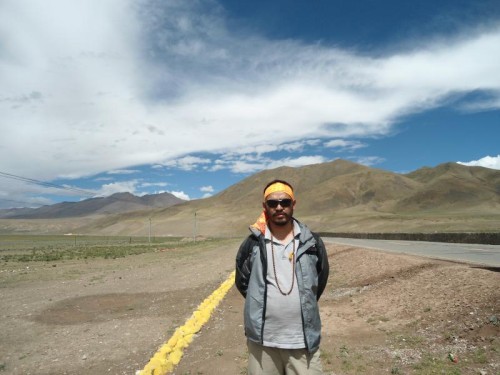
4th Jul, 2025

14th Jul, 2025

14th Sep, 2025



